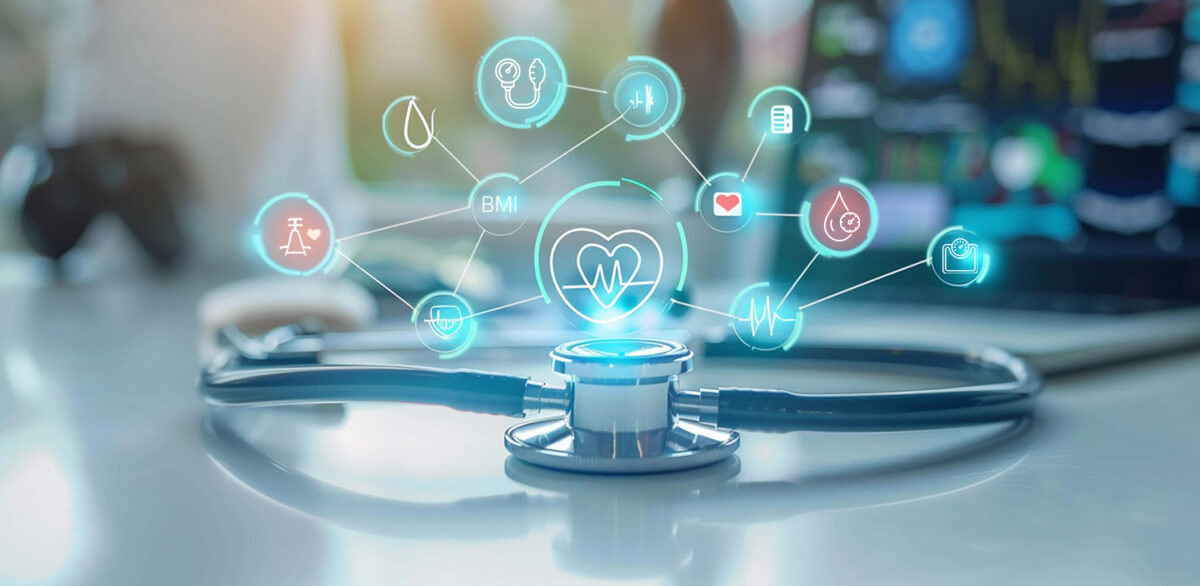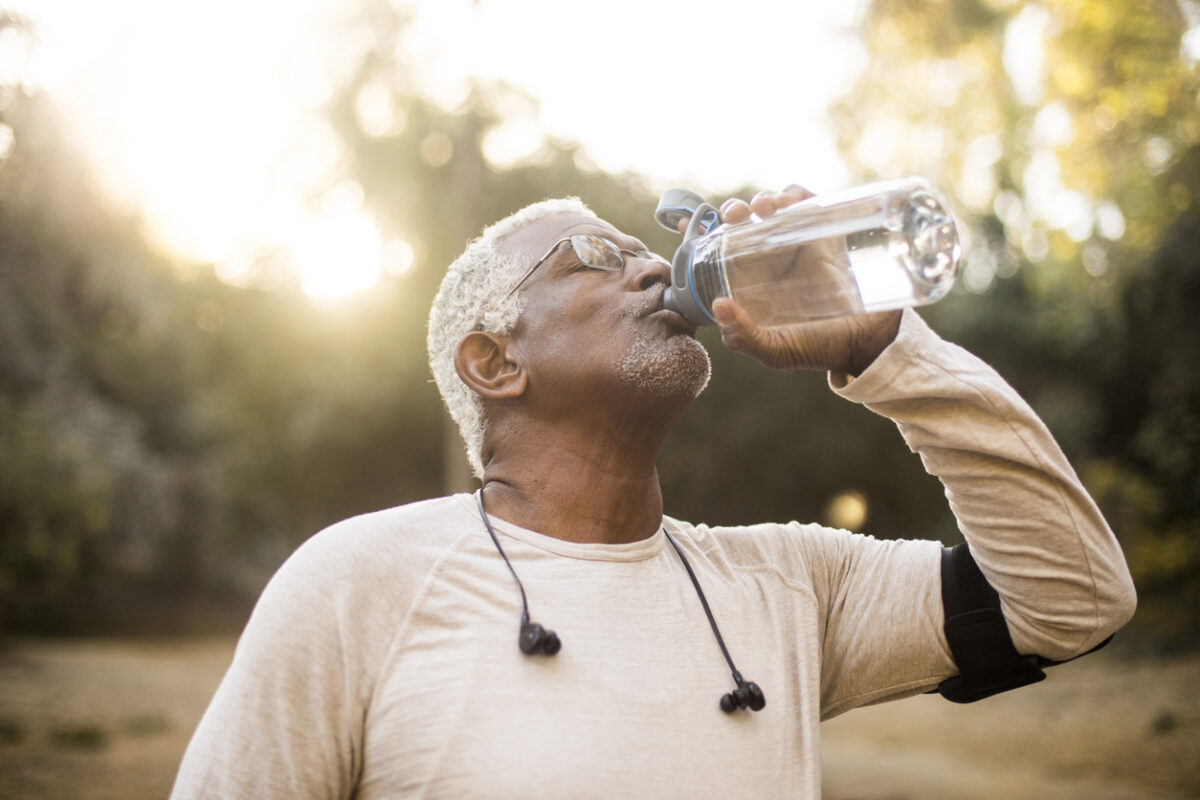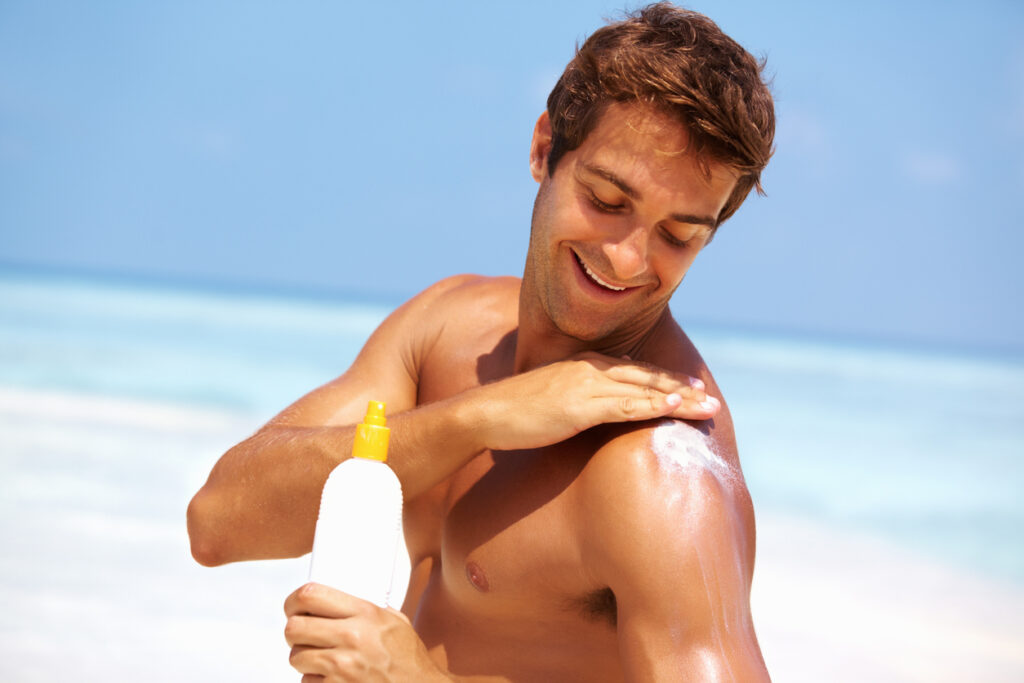
A biometric screening is a clinical assessment aimed at measuring specific physical characteristics to evaluate different aspects of your health. These screenings typically measure:
- Height
- Weight
- Body mass index (BMI)
- Blood pressure
- Blood cholesterol levels
- Blood sugar levels
The primary objective of a biometric screening is to provide an overview of your health status and notify you of any changes that may occur.
These screenings may be offered by various entities such as your employer, union, public health organizations, or nonprofit groups. They may also incorporate wellness counseling, educational sessions, risk assessments, and exercise programs.
It is important to note that biometric screening is not a substitute for a regular physical examination conducted by your healthcare provider, nor does it serve as a diagnostic tool for disease. However, it can help identify potential risk factors.
For a deeper understanding of biometric screenings, what to expect during the process, and how to prepare for one, let’s delve into the details.
What is Biometric Screening?
Biometric screening serves the purpose of notifying individuals about potential health risks and offers a convenient method to monitor changes in vital statistics over time.
Conducted swiftly, these screenings are often held at the workplace. Test results are typically available immediately, helping to identify potential health conditions like diabetes, high blood pressure, or heart disease.
Employers utilize biometric screenings to gauge employee health risks and may provide incentives to encourage participation. While the effectiveness of early risk identification in reducing employer healthcare costs is subject to ongoing research and debate, it’s believed that such initiatives may lead to improved performance and productivity among employees by addressing health issues proactively.
What is Measured?
In a biometric screening, your vital signs are evaluated, and blood work is often included. Certain screenings may incorporate a complete blood count (CBC) as well.
Typically, a biometric screening is utilized to measure and evaluate:
- Height, weight, and waist circumference.
- Body mass index (BMI), which estimates body fat based on height and weight.
- Blood pressure and pulse.
- Fasting blood glucose levels.
- Blood cholesterol levels and triglycerides.
Additionally, some screening programs may include assessments of aerobic fitness or inquiries about tobacco use and exercise habits.
What can I expect with a Biometric Screening?
A typical biometric screening session usually takes only 15 to 20 minutes, during which you can anticipate the following steps:
- A healthcare professional will measure your height and make you stand on a scale.
- They might employ a tape measure to gauge your waist circumference, and possibly your hip circumference as well.
- To assess your blood pressure, they’ll fit a cuff around your arm.
- Blood samples may be collected either through a finger prick or venipuncture.
- You may also be asked to complete a brief questionnaire about your medical history or any health concerns.
It is important to understand that a biometric screening does not involve diagnosis; it simply highlights potential risk factors.
In some cases, programs may include discussions with a healthcare professional regarding your results. Additionally, employers might offer follow-up services such as nutrition counseling.
How to Prepare for a Biometric Screening
Your employer or the organization conducting the biometric screening will provide you with instructions regarding any specific preparations needed for the screening.
Here are some general steps you may need to take before a biometric screening:
- Fast for 8 to 12 hours, abstaining from food and drink except for water, black coffee, or tea.
- Stay adequately hydrated, as it can aid in locating a vein if blood needs to be drawn through venipuncture.
- Dress in comfortable clothing, preferably with sleeves that can be easily rolled up for blood pressure measurement or blood draw.
- Take your medications as prescribed, unless advised otherwise by your employer.
- Avoid exercising for 12 hours before the screening, following any guidelines provided by your employer or the screening organization.
Reference:
Hecht, M. (2020, March 11). Biometric screening: What is it and what’s tested? Healthline. https://www.healthline.com/health/what-to-know-about-a-biometric-screening







 Summer is brimming with opportunities for family fun, fostering bonding, adventure, and cherished memories. In the whirlwind of modern family life, it is important to remember the significance of spending quality time with our children. Our time is one of the greatest gifts we can offer them, and summertime provides ample chances for genuine family bonding and shared experiences.
Summer is brimming with opportunities for family fun, fostering bonding, adventure, and cherished memories. In the whirlwind of modern family life, it is important to remember the significance of spending quality time with our children. Our time is one of the greatest gifts we can offer them, and summertime provides ample chances for genuine family bonding and shared experiences.
 Ensuring adequate water intake daily is crucial for maintaining good health. Drinking water helps prevent dehydration, which can manifest as unclear thinking, mood changes, overheating, and issues like constipation and kidney stones. Since water contains no calories, it can assist in managing body weight by reducing calorie intake when replacing calorie-rich beverages like sweet tea or regular soda.
Ensuring adequate water intake daily is crucial for maintaining good health. Drinking water helps prevent dehydration, which can manifest as unclear thinking, mood changes, overheating, and issues like constipation and kidney stones. Since water contains no calories, it can assist in managing body weight by reducing calorie intake when replacing calorie-rich beverages like sweet tea or regular soda.
 Skin cancer — the abnormal growth of skin cells — most often develops on skin exposed to the sun. But this common form of cancer can also occur on areas of your skin not ordinarily exposed to sunlight.
Skin cancer — the abnormal growth of skin cells — most often develops on skin exposed to the sun. But this common form of cancer can also occur on areas of your skin not ordinarily exposed to sunlight.
 Spending time outdoors offers excellent opportunities for physical activity, stress reduction, and vitamin D absorption. However, it is crucial to safeguard your skin against the sun to avoid increasing your risk of skin cancer while working or playing outside.
Spending time outdoors offers excellent opportunities for physical activity, stress reduction, and vitamin D absorption. However, it is crucial to safeguard your skin against the sun to avoid increasing your risk of skin cancer while working or playing outside.
 UV Safety Awareness Month, observed annually in July, aims to educate people about the risks associated with overexposure to ultraviolet (UV) radiation from the sun and artificial sources like tanning beds. During this month, organizations and health professionals raise awareness about the importance of sun protection to prevent skin cancer, premature aging, and other UV-related health issues.
UV Safety Awareness Month, observed annually in July, aims to educate people about the risks associated with overexposure to ultraviolet (UV) radiation from the sun and artificial sources like tanning beds. During this month, organizations and health professionals raise awareness about the importance of sun protection to prevent skin cancer, premature aging, and other UV-related health issues.
 When considering the sleep you need, it’s common to focus solely on sleep duration. While the number of hours you sleep is indeed important, it’s not the only factor to consider. Equally critical is the quality of your sleep and whether it’s truly restorative. Progressing smoothly through the sleep cycle, which comprises four distinct stages, is key to achieving high-quality rest.
When considering the sleep you need, it’s common to focus solely on sleep duration. While the number of hours you sleep is indeed important, it’s not the only factor to consider. Equally critical is the quality of your sleep and whether it’s truly restorative. Progressing smoothly through the sleep cycle, which comprises four distinct stages, is key to achieving high-quality rest.
 Struggling to Get Quality Sleep? Try These Practical Tips to Improve Your Sleep Habits and Overall Well-Being
Struggling to Get Quality Sleep? Try These Practical Tips to Improve Your Sleep Habits and Overall Well-Being